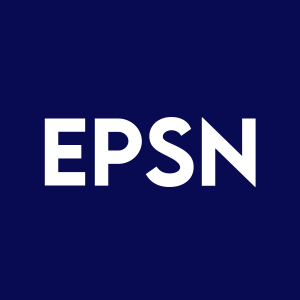[Form 4] Epsilon Energy Ltd. Insider Trading Activity
Rhea-AI Filing Summary
Andrew Williamson, Chief Financial Officer of Epsilon Energy Ltd. (EPSN), reported a purchase and a sale on Form 4. The filing shows a purchase on 08/18/2025 of 10,000 common shares at $5.64 per share and a sale (disposition) of 96,775 common shares. After these transactions, 60,000 shares are reported as beneficially owned indirectly through the Twin Alces Trust, of which Mr. Williamson is trustee and a beneficiary. The filing is signed and dated 08/20/2025.
Positive
- Purchase disclosed with price: 10,000 common shares bought at $5.64 on 08/18/2025, providing clear price transparency
- Ownership disclosure: Remaining beneficial ownership quantified as 60,000 shares indirectly held via the Twin Alces Trust
Negative
- Large disposition reported: 96,775 common shares were disposed of, reducing the reporting person's direct holdings
- Indirect ownership complexity: Beneficial ownership is through a trust, which may obscure direct control compared with direct holdings
Insights
TL;DR: Insider executed both a small open-market purchase and a larger disposition, leaving indirect ownership through a trust.
The reported purchase of 10,000 shares at $5.64 is explicit and the larger disposition of 96,775 shares is material to Mr. Williamson's personal holdings but the filing states the remaining 60,000 shares are held indirectly via the Twin Alces Trust. This Form 4 discloses transaction dates and prices clearly and identifies the reporting person as the issuer's CFO. From a trading-disclosure perspective, the filing meets Section 16 reporting requirements and clarifies beneficial ownership is indirect due to trust arrangements.
TL;DR: The report clarifies trustee/beneficiary status and shows mixed-direction insider activity on the same date.
The explanatory note states the securities are held by the Twin Alces Trust and that Mr. Williamson may be deemed a beneficial owner as trustee and beneficiary, which is important for compliance and ownership transparency. The concurrent purchase and sale are documented with transaction codes and price for the purchase. The filing is signed, dated, and identifies the reporting relationship (CFO), satisfying disclosure norms for related-party and insider transactions.








